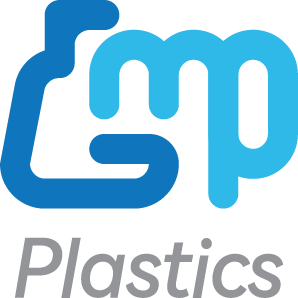Today, we're diving into the microscopic world of 96-well plates—those trusty lab companions that help scientists conduct experiments with precision and efficiency. But did you know that these plates come in different bottom shapes, each designed for specific applications? Let's embark on a journey to discover the unique features and uses of U-bottom, V-bottom, F-bottom, and C-bottom plates. Ready? Let's get started! 🧪🔬
The Basics of 96-Well Plates
Before we delve into the different bottom shapes, let's understand what a 96-well plate is. Imagine a rectangular plate divided into 96 small wells, arranged in an 8x12 grid. Each well acts like a tiny test tube, holding samples for various experiments. These plates are essential tools in fields like biotechnology, chemistry, and medicine, enabling high-throughput testing and analysis.
The Four Bottom Shapes: A Closer Look
1. U-Bottom Plates
Shape: The wells have a rounded bottom, resembling the letter "U."
Features:
- Enhanced Mixing: The curved design facilitates better mixing of samples, ensuring uniformity.
- Ideal for Suspension Assays: Perfect for procedures where cells or particles need to remain in suspension.
Applications:
- Blood Work: Commonly used in blood typing and cross-matching.
- Agglutination Assays: Suitable for tests that involve the clumping of particles.
2. V-Bottom Plates
Shape: The wells taper into a sharp V-shape at the bottom.
Features:
- Efficient Pellet Formation: The pointed design allows for easy pelleting of samples during centrifugation.
- Minimal Residual Volume: Ensures that minimal sample is left behind after aspiration.
Applications:
- Cell Pelleting: Ideal for collecting cells or particles at the bottom of the well.
- Precipitation Assays: Useful in assays where precipitates need to be collected efficiently.
3. F-Bottom (Flat-Bottom) Plates
Shape: The wells have a flat bottom, forming an "F" shape.
Features:
- Optimal for Optical Measurements: The flat surface is ideal for absorbance and fluorescence readings.
- Cell Culture Compatibility: Provides a suitable surface area for cell attachment and growth.
Applications:
- ELISA Assays: Widely used in enzyme-linked immunosorbent assays for detecting antigens or antibodies.
- Cell Culture: Preferred for growing adherent cell lines.
4. C-Bottom Plates
Shape: A hybrid design featuring a flat center with curved edges, combining elements of U and F bottoms.
Features:
- Improved Mixing: The curved edges enhance sample mixing, while the flat center allows for accurate optical measurements.
- Versatile Application: Combines the benefits of both U-bottom and F-bottom designs.
Applications:
- Immunological Assays: Beneficial for assays requiring thorough mixing and precise optical readings.
- Kinetic Studies: Suitable for experiments monitoring reaction rates over time.
Choosing the Right Plate for Your Experiment
Selecting the appropriate 96-well plate bottom shape is crucial for the success of your experiments. Here's a quick guide to help you decide:
- For Mixing and Suspension: Choose U-bottom plates.
- For Pellet Collection: Opt for V-bottom plates.
- For Optical Measurements and Cell Culture: Go with F-bottom plates.
- For Combined Needs: Consider C-bottom plates.
Remember, the right choice enhances accuracy, efficiency, and reliability in your scientific endeavors.
Conclusion
And there you have it, fellow science enthusiasts! A comprehensive tour of the different bottom shapes of 96-well plates. Each design serves a unique purpose, tailored to specific laboratory applications. By understanding these differences, you can select the perfect plate to suit your experimental needs.




